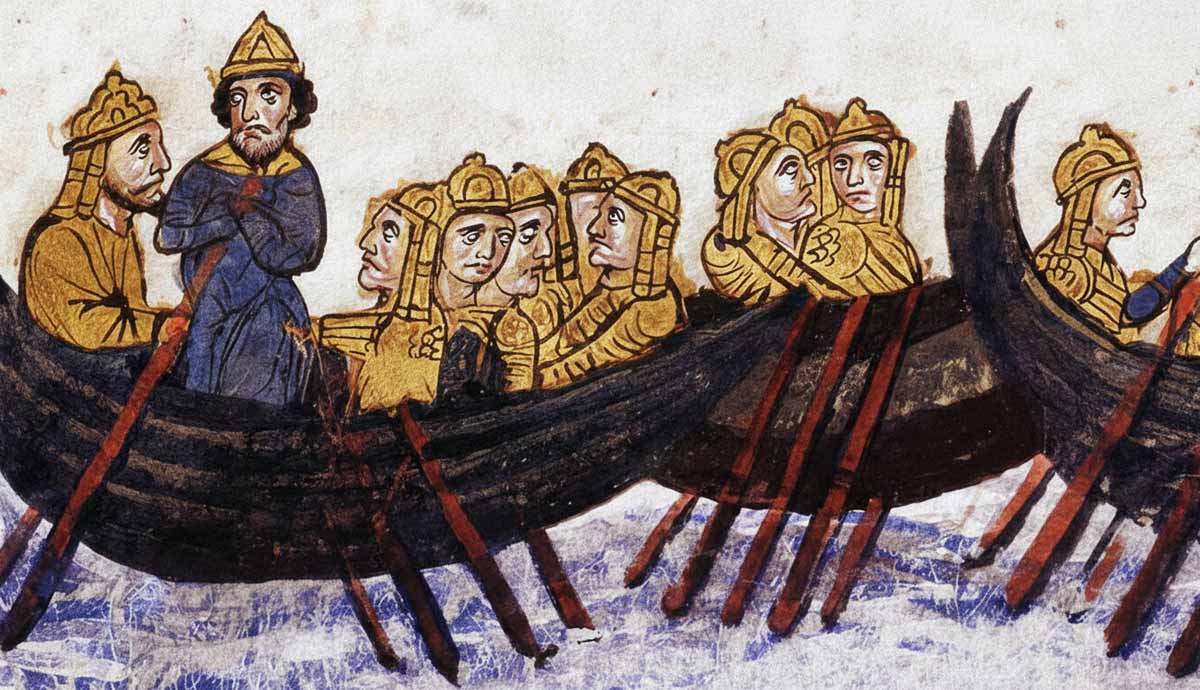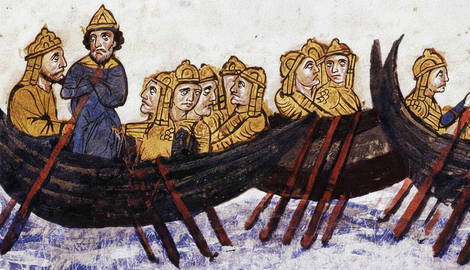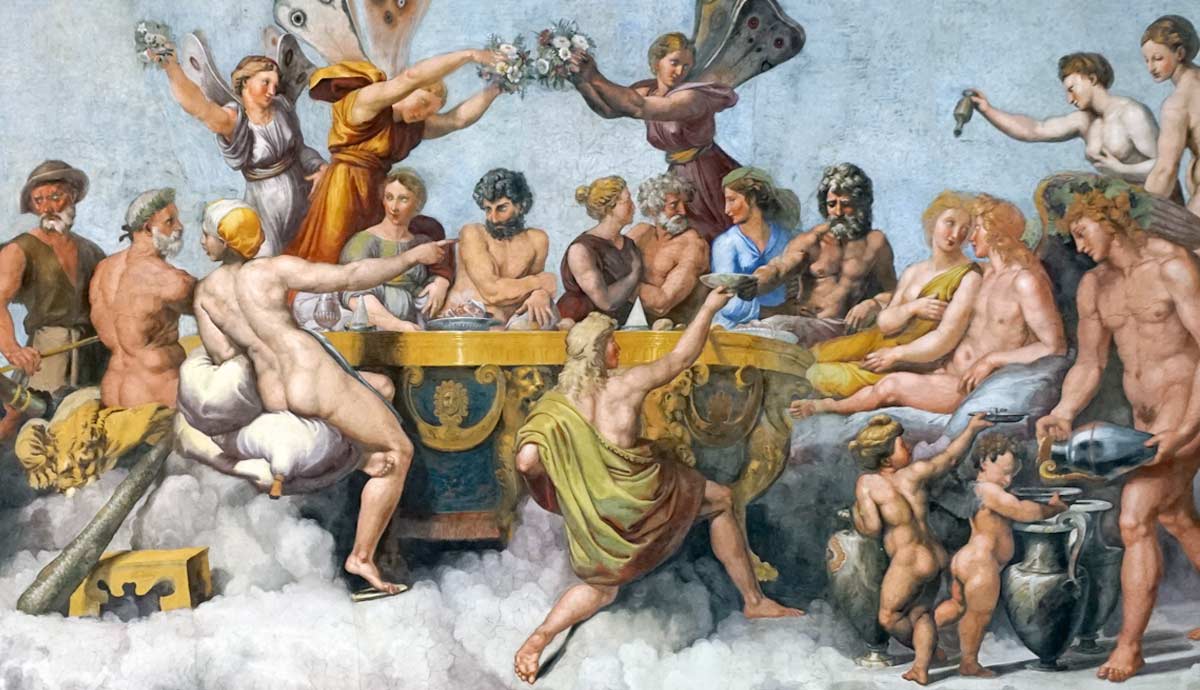
The Byzantine Empire’s navy was revered in the Mediterranean Sea between the 7th and 11th centuries. At the time, the empire prioritized it in order to ensure its own survival by controlling the sea. This was because its capital, Constantinople, was at the heart of the regional Mediterranean and Near East trade which was the empire’s lifeblood.
The navy’s power reached its peak during the Macedonian Renaissance (from 867 to 1056). One key triumph during this period was the recapture of Crete in 961 by the general and future emperor Nikephoros II Phokas. Before the invasion, Crete had been overrun by groups of Muslim pirates for about 135 years since the 9th century and had served as a base for raiders across the Aegean.
That said, the success of the navy was the result of several key factors.
How Greek Fire Helped the Navy Maintain Dominance

At the center of Byzantine naval power was its legendary secret weapon called Greek Fire. Before its development in the 7th century, Byzantine fleets fought on relatively equal terms with their enemies, and relied on traditional ramming and boarding maneuvers. The rise of powerful Arab navies in the 650s, however, created an urgent need for more advanced tactical and technological strategies in order to more effectively defend the empire’s territories. Greek Fire was the answer to the problem. It was a petroleum-based mixture whose formula was a closely guarded secret.
The mixture was projected from bronze siphons mounted on the front of warships. Unlike other fire weapons, it could not be extinguished with water. The properties made it a weapon of immense destruction and psychological terror and the navy’s use of the weapon was a major turning point in naval warfare. Its effectiveness was proven during the great Arab siege of Constantinople (717 – 718) in which an Arab armada of over 1,800 ships was destroyed by the Byzantine fleet.
Advantages the Dromon Provided in Naval Warfare

The dromon was a type of warship developed between the 5th and the 12th centuries AD in Byzantine shipyards and had evolved from the Roman liburnian. It was designed to be the primary warship of the navy and was part of a major fleet upgrade created to counter the fast-moving raiding vessels of Saracen pirates. In battle, its dual propulsion system of oars and lateen sails gave the dromon a huge advantage, allowing it to maintain speed and maneuverability in a wide range of weather conditions.
The new design also allowed it to be used in a wide variety of situations ranging from naval battles to amphibious assault missions. The ship could also be used to fight at a distance as it featured the deadly Greek Fire. Its effectiveness in amphibious missions was showcased during the famous reconquest of Crete in 961. That year, a large fleet of dromons under the command of Nikephoros Phokas was used to transport thousands of soldiers and heavy siege equipment to the heavily fortified island.
How the Thematic System Prevented the Byzantine Navy From Collapsing

The Byzantine Empire faced an array of challenges in the 7th century caused by severe territorial loss. Constant military pressure rendered traditional defense systems obsolete. The Byzantine government acted strategically to the crisis by establishing new military provinces (themes) designed to prevent the state from fracturing. It granted land to soldiers in exchange for their service (stratiotika ktemata).
The new defensive approach helped to slow down widespread enemy advances and strengthen local defenses in the region. Because the central imperial fleet was often too slow to react to widespread regional attacks, regional themes provided a more effective and rapid local defense response.

Overall, the thematic system was a self-sufficient and cost-effective system as the decentralized nature of the land grants on which the system operated also allowed the state to support a military that may otherwise have been too expensive for the imperial treasury to support.
How the Command Structure Helped the Navy to Maintain Dominance

The Byzantine naval command was highly organized and was led by the grand admiral. He oversaw the entire force and coordinated regional squadrons. Each of them had its own admiral or strategos who kept local fleets ready for deployment. The high level of organization allowed for fast responses when countering invasions and sieges.
The Byzantines also built fortified harbors and supply stations that were used to support the fleets during long campaigns, with some naval bases also serving as repair yards. Others were also used to store supplies and weapons such as Greek Fire. Additionally, the empire operated an intelligence system made up of spies and merchant ships that monitored enemy vessels. As a result, Byzantine naval dominance lasted for centuries.










